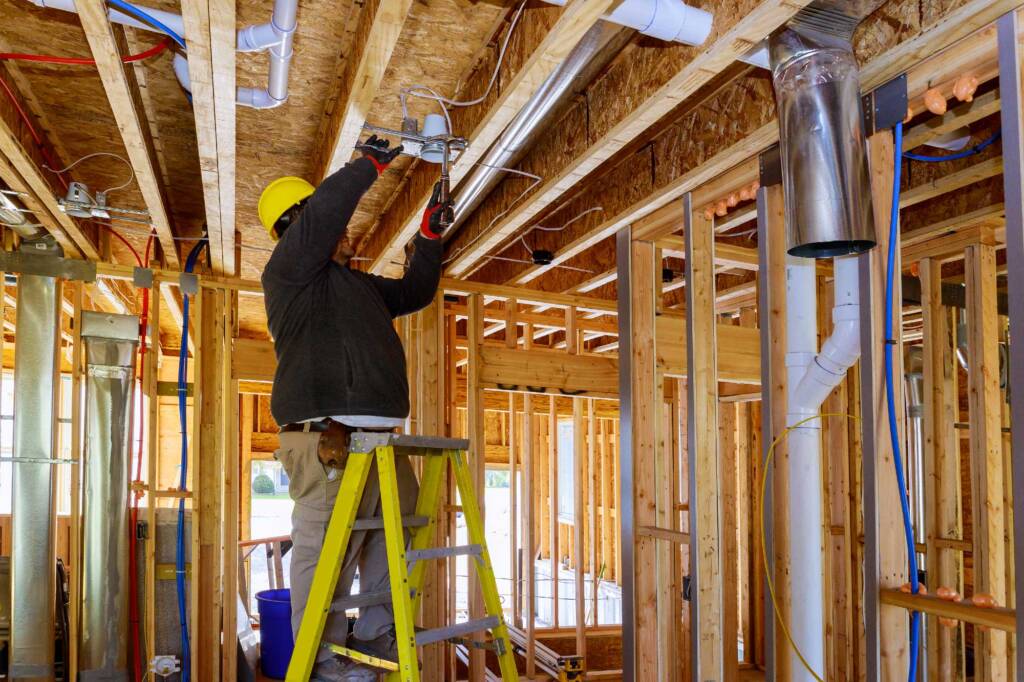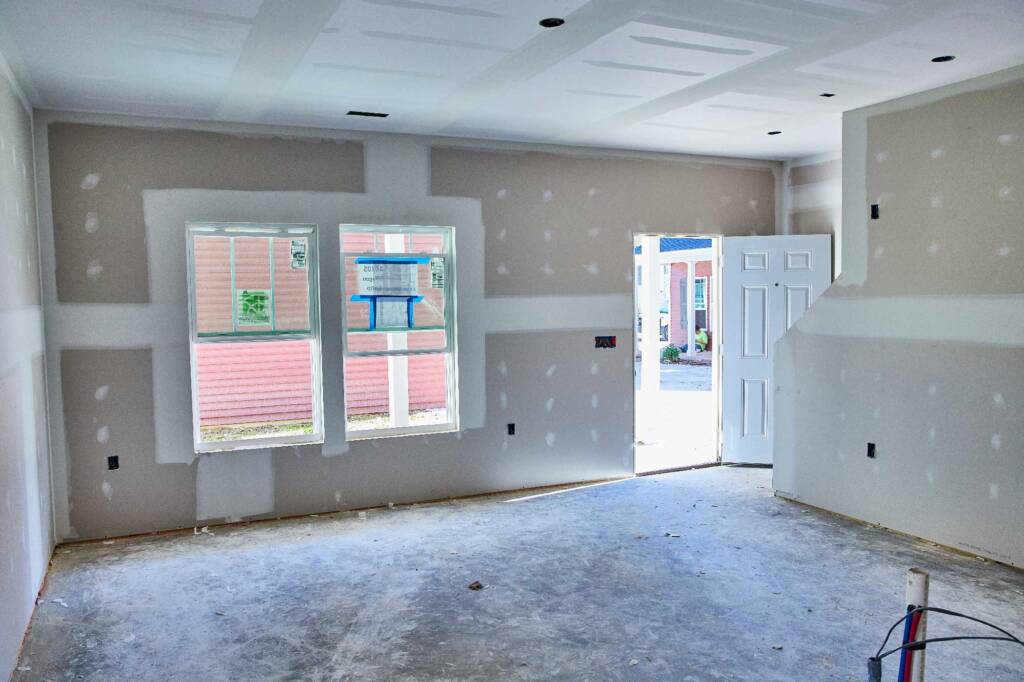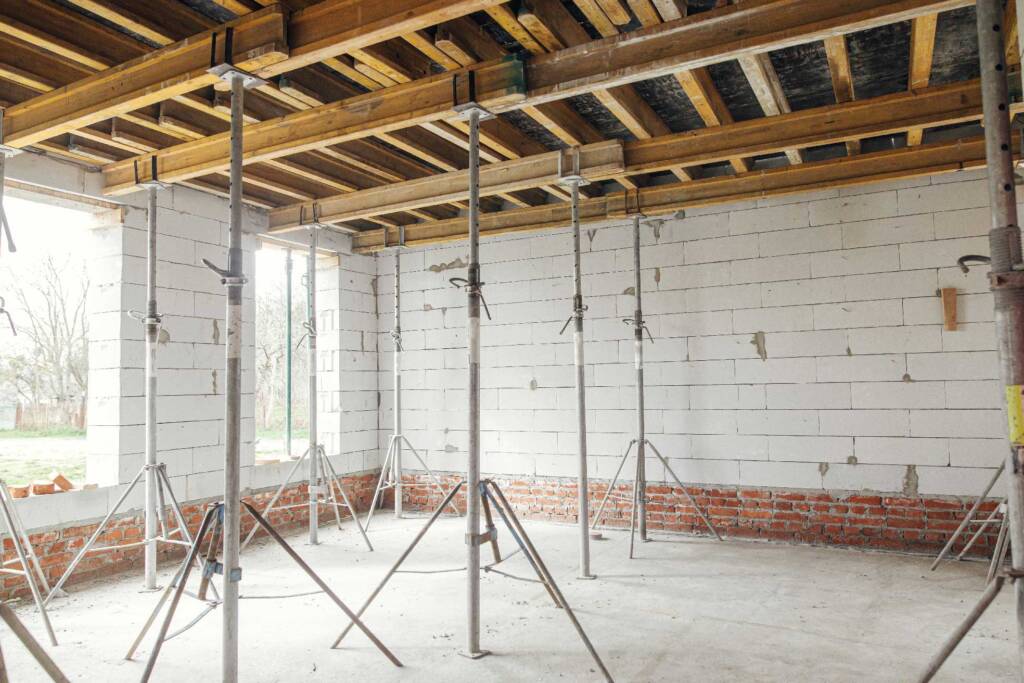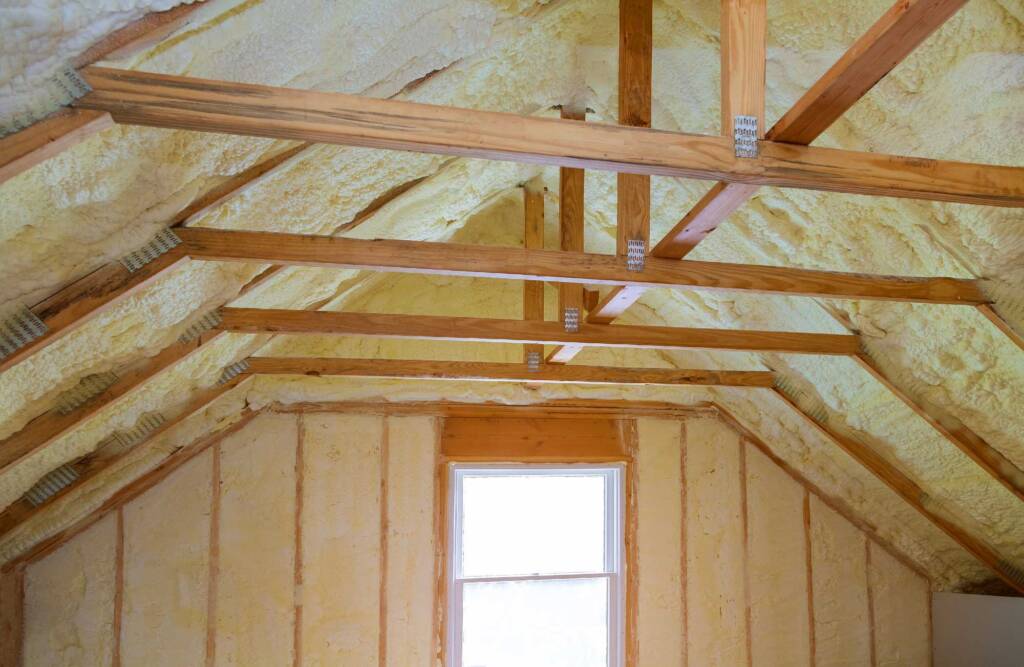
How to Prepare Your Building for the Next Earthquake
Living in California comes with many benefits: beautiful landscapes, a dynamic economy, and a vibrant lifestyle. However, it also brings a heightened risk of earthquakes. With California sitting on several active fault lines, ensuring your building is earthquake-resistant is not just a recommendation; it’s a necessity. Retrofitting your building plays a critical role in improving safety and reducing the damage caused by seismic activity. Whether you own a residential or commercial property, the importance of retrofitting cannot be overstated.
What Is Seismic Retrofitting?
Seismic retrofitting is the process of strengthening an existing building to make it more resistant to earthquakes. This involves structural modifications designed to improve a building’s capacity to withstand ground shaking. Over time, construction codes have evolved to include stricter regulations aimed at ensuring that buildings can handle seismic forces. However, many older buildings were constructed before these modern codes were in place, leaving them vulnerable to earthquake damage. Retrofitting brings these structures up to modern standards, offering increased safety and protection.


Why Retrofitting Is Essential in California
Given California’s geographic location and history of seismic activity, retrofitting is essential for several reasons:
1. Safety and Protection
Earthquakes are unpredictable, and the best defense against their devastating effects is preparation. Retrofitting your building can save lives by ensuring that the structure is more resistant to collapse. During a seismic event, buildings without adequate reinforcement are at risk of significant damage or even complete failure. Retrofitting minimizes these risks, safeguarding the people inside.
2. Compliance with Local Regulations
California has stringent building codes for seismic safety. In many cities, such as Los Angeles and San Francisco, there are mandatory retrofit programs, particularly for buildings that are classified as “soft-story,” unreinforced masonry, or non-ductile concrete structures. Failure to comply with these regulations can result in fines and legal action. Retrofitting helps you avoid such penalties while ensuring your building meets the state’s seismic safety requirements.
3. Protection of Property and Investment
Your property is one of your most valuable assets. Retrofitting not only protects the people inside your building but also preserves the structure itself. Repairing earthquake damage can be extremely costly, often far exceeding the cost of retrofitting. By investing in a retrofit, you are effectively safeguarding your financial investment and ensuring your building’s long-term usability.
4. Enhanced Resale Value
A building that has been retrofitted will likely have a higher market value than one that hasn’t. Potential buyers and tenants prioritize safety, and knowing that a building has been updated to meet modern seismic standards can be a significant selling point. Retrofitting enhances your property’s appeal in a competitive real estate market.

How to Prepare Your Building for the Next Earthquake
Retrofitting is a comprehensive process that requires careful planning and expert execution. Here are the steps involved in preparing your building for the next earthquake:
1. Consult a Structural Engineer
The first step in any retrofitting project is to hire a qualified structural engineer. They will assess your building’s current condition and identify any weaknesses that could pose a risk during an earthquake. The engineer will then design a custom retrofit plan tailored to your building’s specific needs.
2. Obtain Necessary Permits
In California, retrofitting often requires obtaining permits from your local building department. This ensures that the work is done in compliance with local codes and regulations. Your contractor or structural engineer can assist you with this process, ensuring all necessary paperwork is filed correctly.
3. Perform the Retrofit
The actual retrofitting process may involve various techniques, such as bolting the foundation, adding shear walls, reinforcing soft stories, or strengthening columns and beams. The scope of work depends on the building’s vulnerabilities. While the retrofit process may cause temporary disruption, the long-term safety benefits are well worth the investment.
4. Maintain and Inspect
Once your building has been retrofitted, it’s important to maintain it properly and conduct regular inspections. Over time, natural wear and tear can affect the integrity of the retrofit. Regular inspections help to ensure that your building remains safe and compliant with current seismic regulations.
Conclusion
Earthquakes are a fact of life in California, but with proper preparation, you can minimize their impact on your property. Seismic retrofitting is an essential step in protecting both lives and investments. Whether you own an older building or are simply looking to enhance your property’s resilience, retrofitting can provide peace of mind and compliance with California’s strict seismic codes. Don’t wait until the next earthquake strikes—start your retrofitting process today to ensure your building is ready for whatever comes next.
